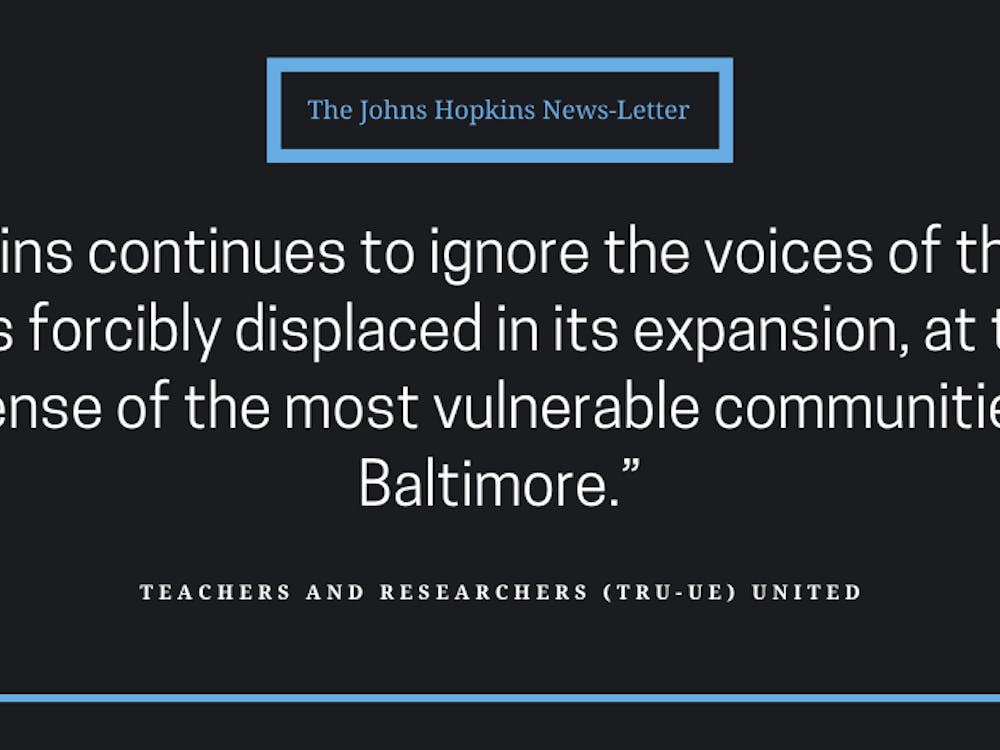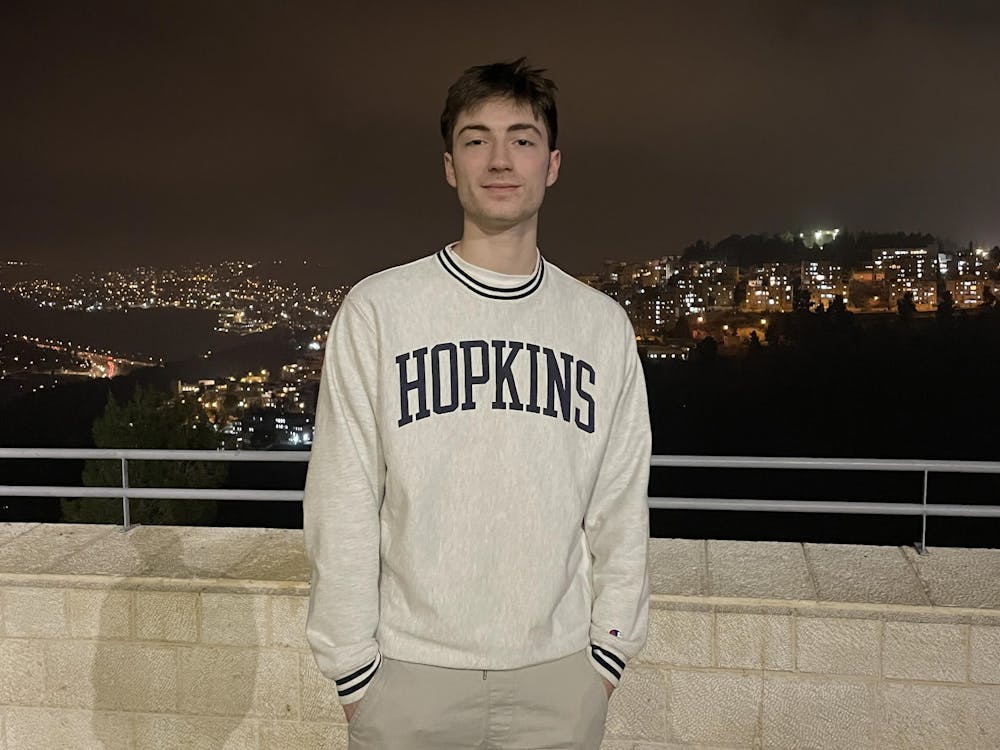The University launched a new cross-disciplinary department on Sept. 1 that bridges the disciplines of environmental and public health studies to form the Department of Environmental Health and Engineering (EHE).
This change combined the activities of the Whiting School of Engineering’s Department of Geography and Environmental Engineering (DoGEE) and the Bloomberg School of Public Health’s Department of Environmental Health Sciences.
Faculty positions and degree requirements for both undergraduate and graduate students will remain the same for the upcoming academic year.
Eventually, the merger will allow for closer collaboration on research, new faculty and new courses.
The resulting Department of Environmental Health and Engineering will be affiliated with both schools.
This development reflects the recognition that environmental change will impact public health in the future through trends such as air and water pollution, agricultural soil depletion and shifting disease patterns. The changing climate will affect the health of millions of people who are faced with everything from allergies, industrial pollution and the spread of infectious diseases to the world’s changing climate.
Seventy-four students at Hopkins are currently enrolled in the ABET-accredited (Accreditation Board for Engineering and Technology) DoGEE program. Its objectives include solving environmental issues through engineering and understanding the impacts of environmental engineering on society.
The Department of Engineering Health Sciences at Bloomberg, one of the School of Public Health’s original departments, seeks to analyze the comprehensive impacts of environmental agents on human populations and the human body.
As of this year, the two departments comprise of 82 faculty members and 264 students. Many graduates go on to careers that influence public health. These range from wastewater management to environmental protection.
By combining the expertise of researchers, teachers and students from DoGEE and the Environmental Health Sciences, this new EHE department will bring engineering-based solutions to environmental challenges.
Marsha Wills-Karp, former director of center for immunological research at the Cincinnati Children’s Hospital Medical Center and chair of the Bloomberg School of Public Health’s Department of Environmental Health Sciences, became the acting chair of EHE on Sept. 1.
She says that bringing environmental health scientists and environmental engineers together in the same room will allow scientists to better evaluate possible engineering solutions to public health problems and for engineers to receive feedback about their solutions.
“This is a tremendous opportunity to bring together public health practitioners and scientists with environmental engineers to develop innovative solutions to the many environmental health challenges facing society today,” she said. “We’re hoping they will inform both sides of the coin. We can tell engineers what the problems are and public health scientists can evaluate the impact and efficacy of the solutions on protecting human health.”
By encouraging young engineers to bring a scientific approach to public health, Wills-Karp explained how EHE students will be more competitive researchers and employees.
She estimates that students in EHE will have triple the amount of access to labs on both campuses.
“Current students can add to their existing research team and future students will be able to have access to professors at both schools,” she said. “This new structure allows us to break down barriers between disciplines.”
EHE will have a new curriculum by the next academic year. Nevertheless, new courses are already available for Hopkins students.
“Students at DoGEE can take public health courses if they want to, and they can join any public health research immediately. We plan to develop a new first of its kind undergraduate curriculum which will be cross-disciplinary and students will be uniquely trained at the interface of engineering and public health,” Wills-Karp said. “Some of the public health courses might develop from courses we already have in public health, but our goal will be to fine tune them to be appropriate for an undergraduate program.”
The EHE department is also evaluating three possible new faculty positions. These faculty members may be appointed to different schools, but they will have the ability to teach and conduct research across campuses, which some faculty already do. Video conferencing and teleconferencing arrangements will improve collaboration.
Most DoGEE courses were specific to the small department.
Sophomore Kevin Wang, who is majoring in DoGEE, said the small size of the department had both advantages and disadvantages.
“The department size is definitely an attractive factor. There’s a familiar bond between the professor and student. But the small size is kind of a limiting factor. While you can know everybody, there are not a lot of people to know,” he said.
Sophomore Amy Chi, a fellow DoGEE student, mentioned that courses in public health at the Bloomberg campus will add to the education of undergraduates.
“My favorite part about environmental engineering at Hopkins is definitely the small department. I like all the professors I interact with, and they really make an effort to know us and check on us,” Chi said. “With such a small department, it can be hard to add faculty members, so this way we can have more.”
Both thought that the department merger made sense.
“The environment definitely reflects human interaction with it and because we all change the environment we inhabit.” Wang said. “Public health is definitely synonymous with the well-being of the environment.”






















Please note All comments are eligible for publication in The News-Letter.